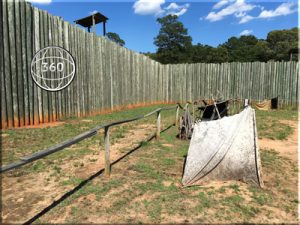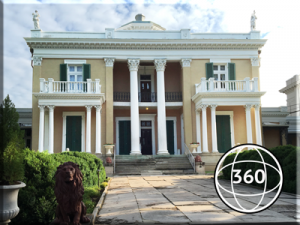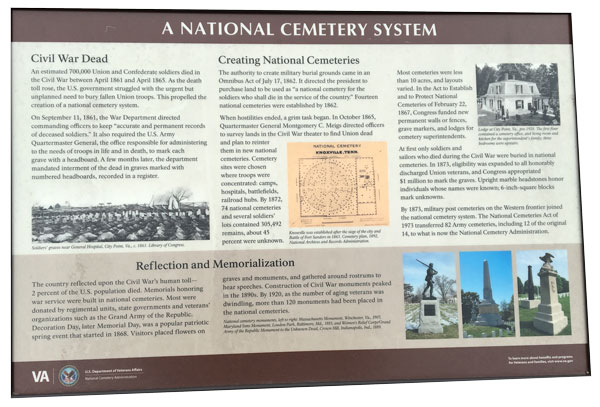Andersonville Confederate Prison Virtual Tour
Andersonville National Cemetery
National Prisoner of War Museum
496 Cemetery Road, Andersonville, GA 31711
American Civil War Confederate Prisoner of War Camp in Andersonville, Georgia
13,000 Union Soldiers died in this facility. Over 50,000 POW’s passed through it. When word of the conditions made their way north, Secretary of State Stanton had Confederate prisoners rations cut in half 1864. By comparison Johnson’s Island and Camp Chase in Ohio, had 226 and 2260 deaths respectively. Confederate POW deaths were greater, due to the amount of captured troops. Confederate prisons were by far deadlier due, primarily to the lack of resources.
WWW Guide to Civil War Prisons
by Richard Jensen, professor emeritus of history, U of Illinois
Deaths of Confederate prisoners of war . . . . .26,436
Deaths of Union prisoners of war . . . . . . . 22,576
Number of Confederate prisoners of war . . . . . 220,000
Number of Union prisoners of war about . . . . . 126,950
Note: get the full screen experience by clicking the icon in the lower left of the video frame. A zoom option is available also for reading the historical signage. Some markers are embedded in the floating icons.
#andersonville #civilwar #georgia


 mpus of
mpus of 


